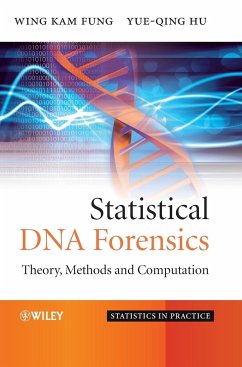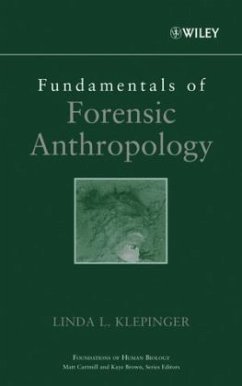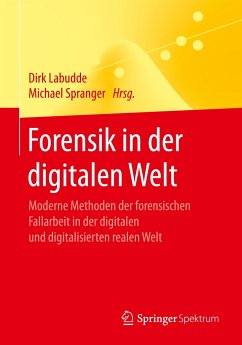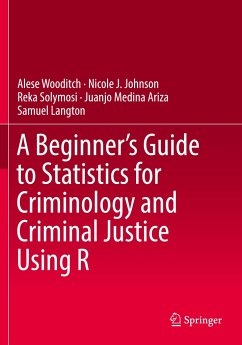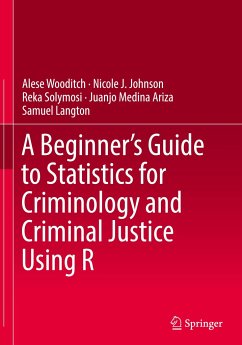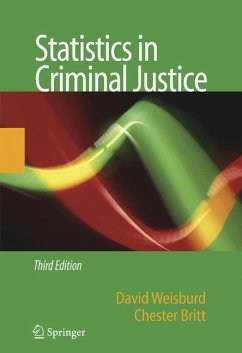Nicht lieferbar

Essential Mathematics and Statistics for Forensic Science
Versandkostenfrei!
Nicht lieferbar
This text is an accessible, student-friendly introduction to the wide range of mathematical and statistical tools needed by the forensic scientist in the analysis, interpretation and presentation of experimental measurements.From a basis of high school mathematics, the book develops essential quantitative analysis techniques within the context of a broad range of forensic applications. This clearly structured text focuses on developing core mathematical skills together with an understanding of the calculations associated with the analysis of experimental work, including an emphasis on the use ...
This text is an accessible, student-friendly introduction to the wide range of mathematical and statistical tools needed by the forensic scientist in the analysis, interpretation and presentation of experimental measurements.
From a basis of high school mathematics, the book develops essential quantitative analysis techniques within the context of a broad range of forensic applications. This clearly structured text focuses on developing core mathematical skills together with an understanding of the calculations associated with the analysis of experimental work, including an emphasis on the use of graphs and the evaluation of uncertainties. Through a broad study of probability and statistics, the reader is led ultimately to the use of Bayesian approaches to the evaluation of evidence within the court. In every section, forensic applications such as ballistics trajectories, post-mortem cooling, aspects of forensic pharmacokinetics, the matching of glass evidence, the formation of bloodstains and the interpretation of DNA profiles are discussed and examples of calculations are worked through. In every chapter there are numerous self-assessment problems to aid student learning.
Its broad scope and forensically focused coverage make this book an essential text for students embarking on any degree course in forensic science or forensic analysis, as well as an invaluable reference for post-graduate students and forensic professionals.
Key features:
Offers a unique mix of mathematics and statistics topics, specifically tailored to a forensic science undergraduate degree.
All topics illustrated with examples from the forensic science discipline.
Written in an accessible, student-friendly way to engage interest and enhance learning and confidence.
Assumes only a basic high-school level prior mathematical knowledge.
From a basis of high school mathematics, the book develops essential quantitative analysis techniques within the context of a broad range of forensic applications. This clearly structured text focuses on developing core mathematical skills together with an understanding of the calculations associated with the analysis of experimental work, including an emphasis on the use of graphs and the evaluation of uncertainties. Through a broad study of probability and statistics, the reader is led ultimately to the use of Bayesian approaches to the evaluation of evidence within the court. In every section, forensic applications such as ballistics trajectories, post-mortem cooling, aspects of forensic pharmacokinetics, the matching of glass evidence, the formation of bloodstains and the interpretation of DNA profiles are discussed and examples of calculations are worked through. In every chapter there are numerous self-assessment problems to aid student learning.
Its broad scope and forensically focused coverage make this book an essential text for students embarking on any degree course in forensic science or forensic analysis, as well as an invaluable reference for post-graduate students and forensic professionals.
Key features:
Offers a unique mix of mathematics and statistics topics, specifically tailored to a forensic science undergraduate degree.
All topics illustrated with examples from the forensic science discipline.
Written in an accessible, student-friendly way to engage interest and enhance learning and confidence.
Assumes only a basic high-school level prior mathematical knowledge.






